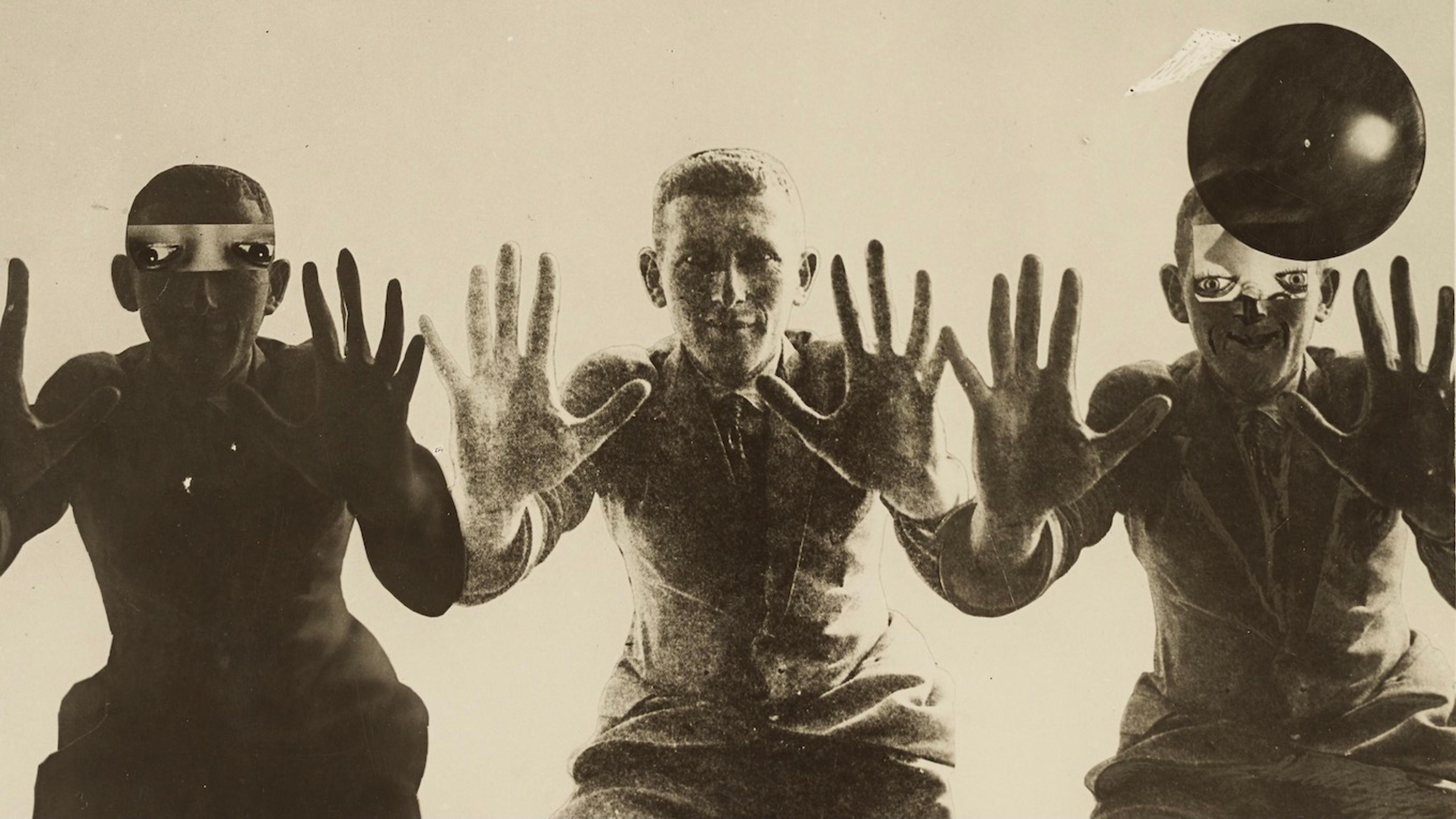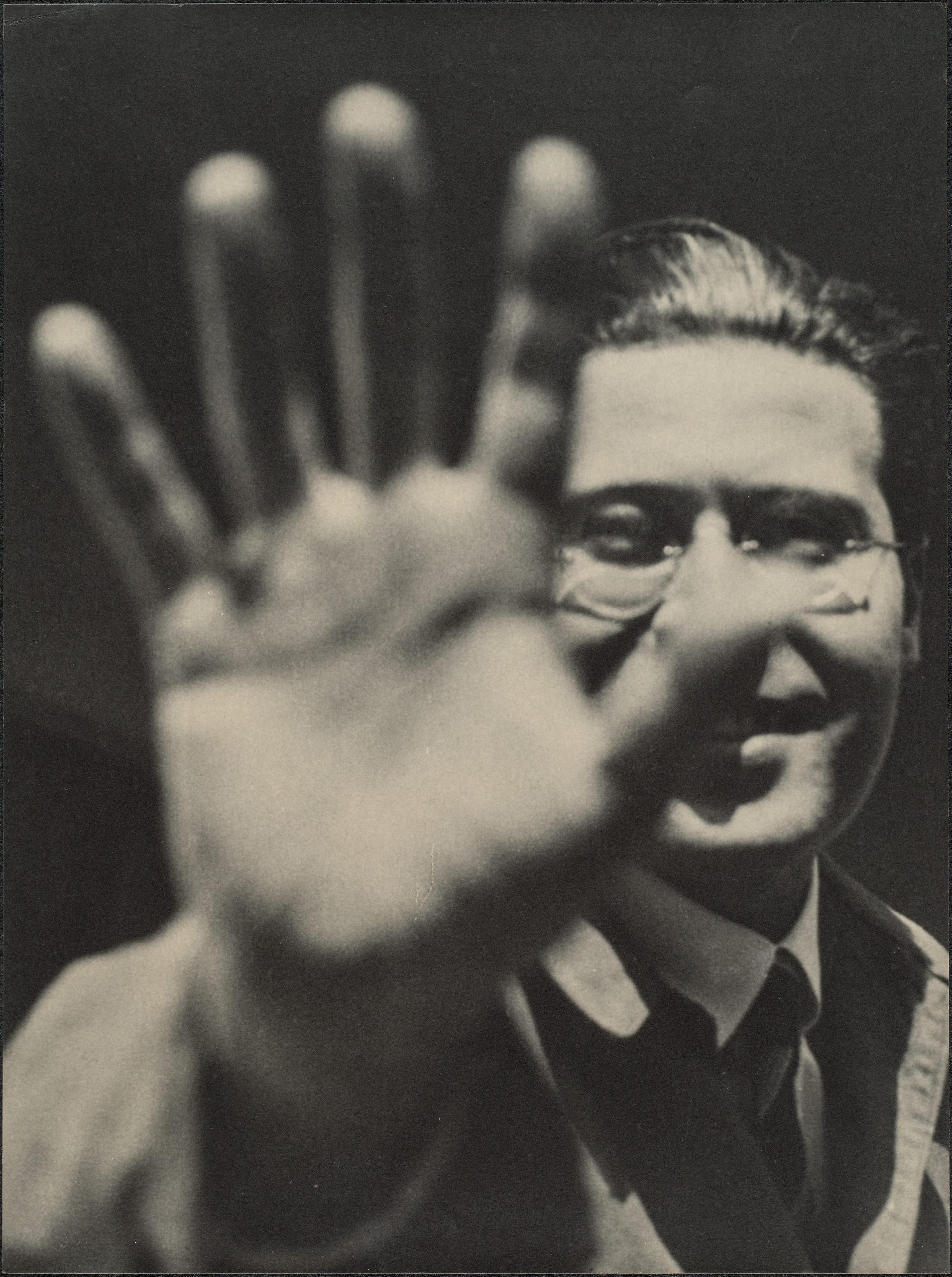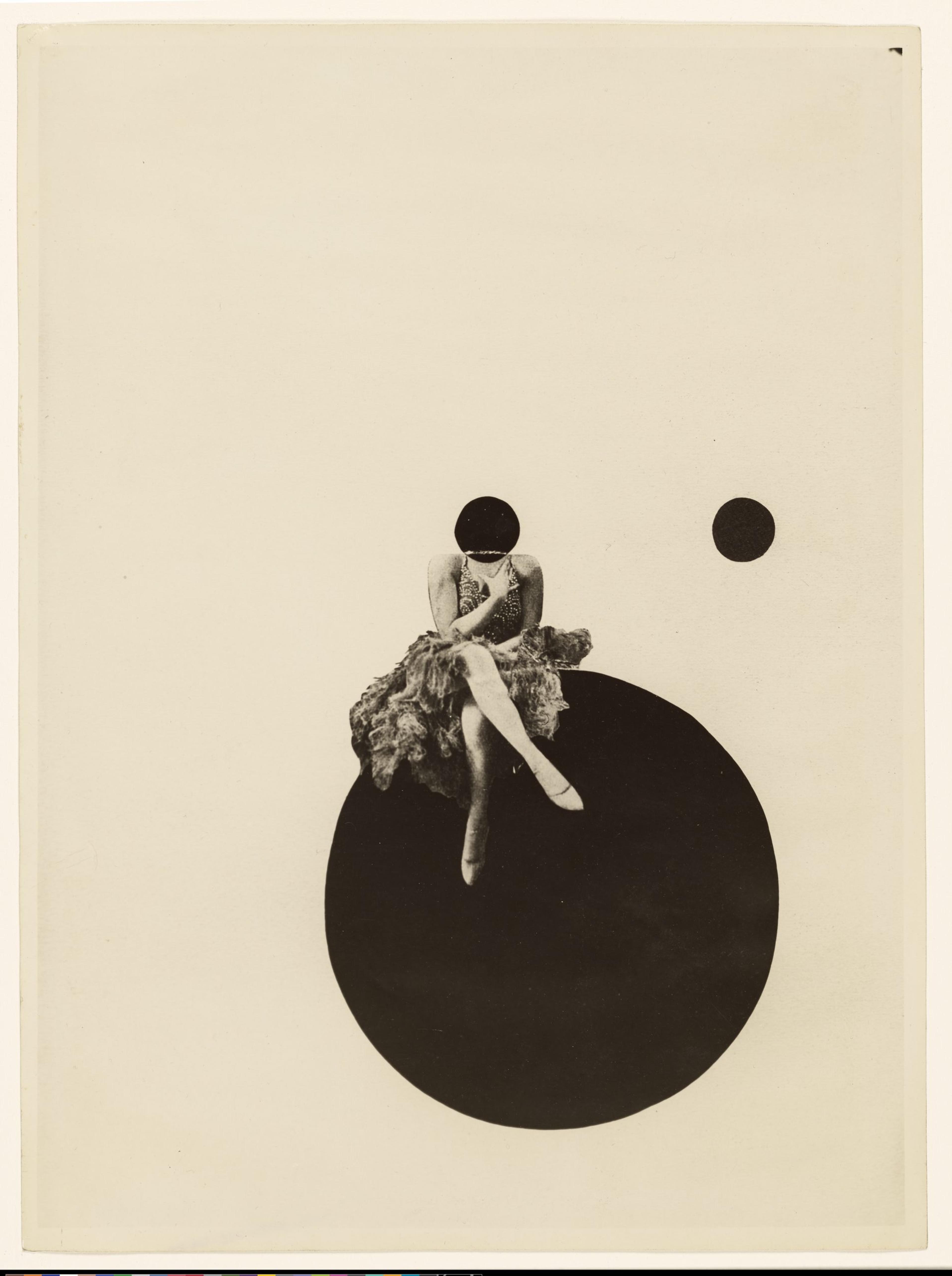László Moholy-Nagy
Light Play

Conceived and organized in collaboration with the Estate of László Moholy-Nagy, the first U.S. museum exhibition devoted to the photography and film practice of pioneering multidisciplinary artist László Moholy-Nagy (1895-1946) will debut at Fotografiska New York before traveling internationally. From formal experimentation to personal documentation, the 68 works in the show (all from negatives originally created between 1922 and 1945) collectively illuminate a novel side of an artist whose institutional spotlight has historically centered on painting, sculpture, and design.


ABOUT THE ARTIST
Light Play brings together 68 works created between 1922 and 1945, including Moholy-Nagy’s earliest experiments with photomontage (“photoplastics,” as he called them); photograms (images made without a camera, instead via direct light exposure to photosensitive paper); personal images taken during travels in Europe and the United States; late-career color photographs (including rare images of Moholy-Nagy himself, and never-exhibited photographs of his own sculptures); and two films.
Primarily known as a painter, Moholy-Nagy is also an image-making pioneer in his use of the camera as a new instrument of vision. Light Play is able to offer a uniquely expansive portrait of the artist because its curatorial premise is constrained only by medium; an organized survey of the entire range of Moholy-Nagy’s photographic work, edited down to the best examples of each category. Further, the curators worked closely with the artist’s estate to design unique staging opportunities that align with Moholy-Nagy’s experimental approach to lighting and form, such as custom lighting setups for the photographs and large-scale projection mapped environments for the films.
The museum wishes to thank the Estate of László Moholy-Nagy and The Moholy-Nagy Foundation for their close collaboration throughout every step of planning this exhibition, which honors the artist’s and the Estate’s vision of presenting his original negatives at greater scale.
“With an interest in modern technology and change, Moholy-Nagy experimented with photography, darkroom processes, and editing. The way he captured lines, shapes, and light broke new ground in the early twentieth century.”